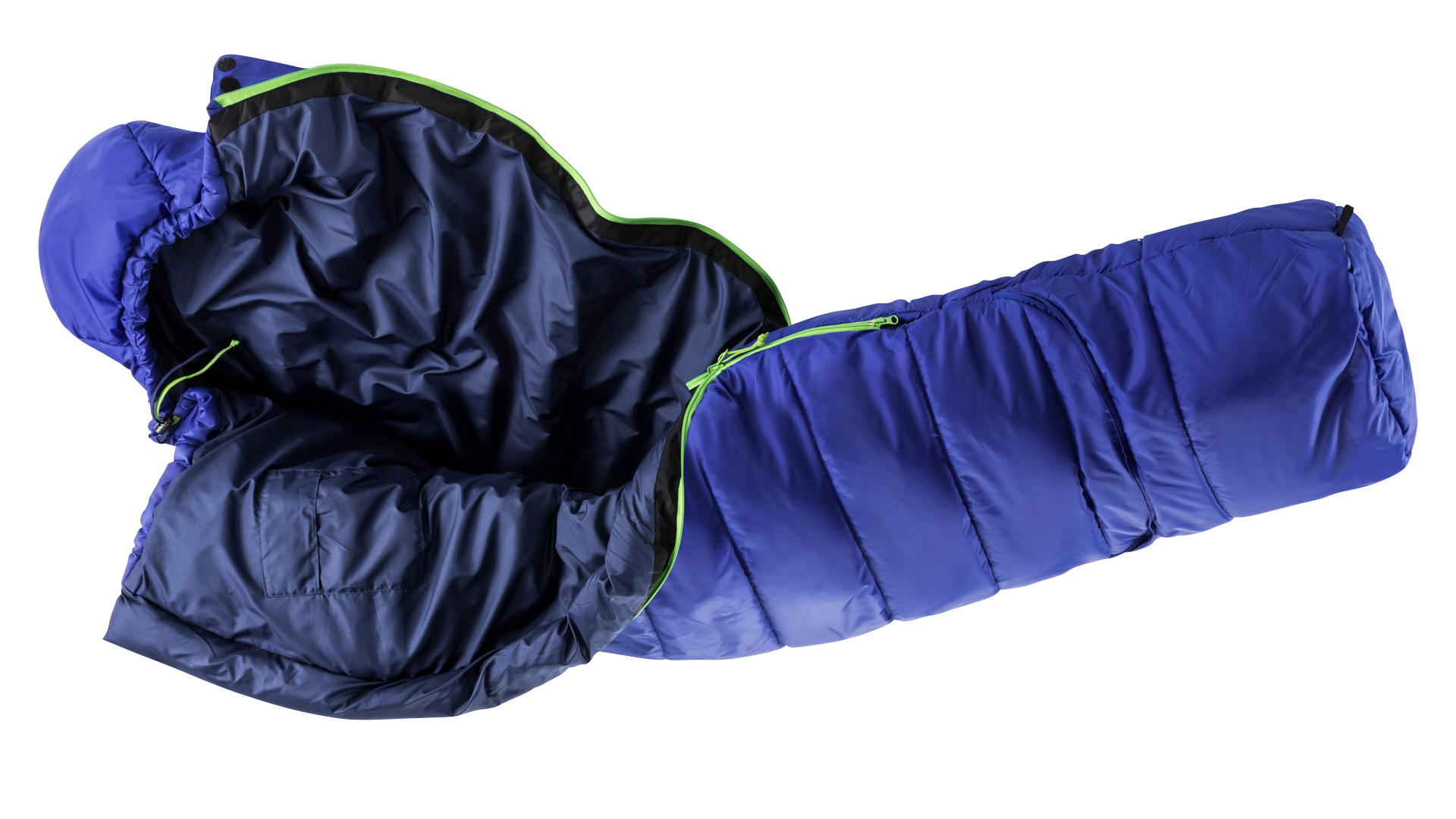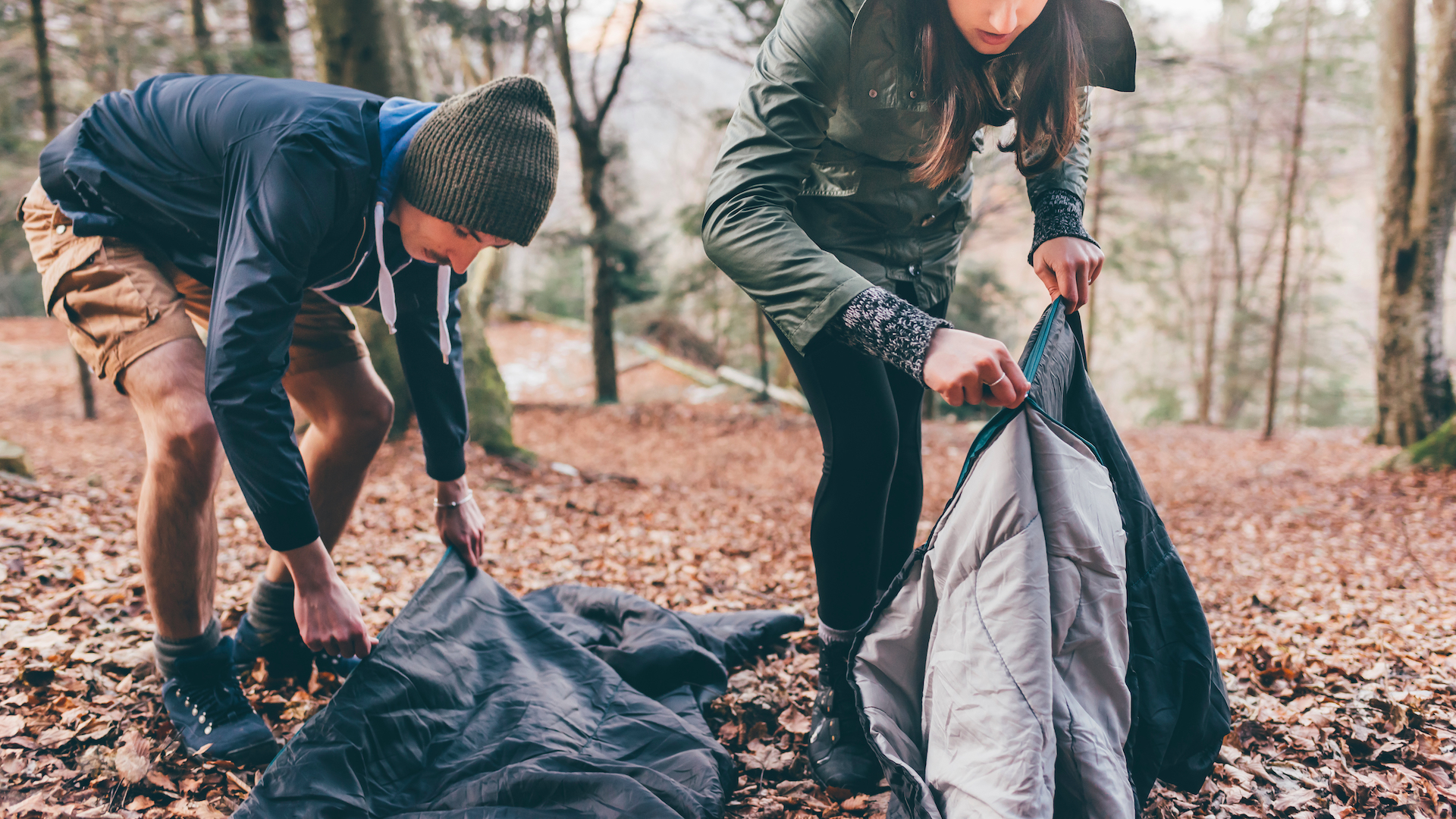What is sleeping bag loft? How to breath life back into your bag
We explain what sleeping bag loft is, where it goes, and how to get it back for cold nights on the trail

If you’ve been building out your camping kit and are learning all about gear maintenance to prolong the shelf life of all your best equipment, you’ve probably heard the term sleeping bag loft and perhaps have some idea that it’s important to keeping you warm at night. But what actually is loft in a sleeping bag? Do sleeping bags lose their loft, and if so, do they stop keeping you warm? And can you restore loft in in your sleeping bag? We’ll answer all of these questions in this article so you can make sure your best sleeping bag keeps performing for you night after night, whether you’re car camping or backpacking.
What is loft in a sleeping bag?

Loft is a term that refers to the volume taken up by the down in your sleeping bag (or down jacket, for that matter) and it’s also known as fill power. It’s a way to measure the fluffiness of your sleeping bag and it matters because the more loft your sleeping bag has, the more air it traps. Since down insulates by trapping air, the more air it can trap, the better it is at keeping you warm.
Do down sleeping bags lose their loft?

If you’ve ever had a down pillow, you’re probably familiar with the journey from a plump, supportive place to rest your head at night to a rather sad, deflated looking rectangle after a few years of nightly use. Though slowly leaking feathers has something to do with this, the primary culprit of down pillows losing their loft over time is simply that you’re lying on them, and the weight of your head compresses them so they trap less air.
In a sleeping bag, not only are you lying on it at night but during the day it might be tightly packed inside your backpack for hours at a time, causing it to lose loft. The result, of course, is that you end up with a sleeping bag that’s not trapping as much air as when you first bought it, and you’re not as warm at night.
Can you restore loft to a sleeping bag?

First, how do you know if your sleeping bag has lost its loft? Basically, there are three tell tale signs:
- It doesn’t look as fluffy as when you bought it.
- It doesn’t keep you as warm at night as it used to.
- When you hold it up against the light, you can see the light shining through.

If you’ve run this check and you’re pretty sure your sleeping bag has lost some of its loft, you don’t necessarily need to go and buy a new one. Start with these simple procedures and see if you can breathe some life back into your bag:
- Don’t store your sleeping bag in its stuff sack – save that for when you’re on the trail and when you get home, place it inside its larger, non-compressing storage bag.
- Shake your bag out and lay it out flat for a couple of hours.
- Fluff the down with your hands.
- Put your sleeping bag in the dryer with no heat and a couple of tennis balls.
- Wash your sleeping bag on cold with no detergent according to the instructions on the label, then dry it in the dryer with the tennis balls (it may take several cycles).
- Send your sleeping bag in to the manufacturer or a gear shop to refresh it for you.
All the latest inspiration, tips and guides to help you plan your next Advnture!
Julia Clarke is a staff writer for Advnture.com and the author of the book Restorative Yoga for Beginners. She loves to explore mountains on foot, bike, skis and belay and then recover on the the yoga mat. Julia graduated with a degree in journalism in 2004 and spent eight years working as a radio presenter in Kansas City, Vermont, Boston and New York City before discovering the joys of the Rocky Mountains. She then detoured west to Colorado and enjoyed 11 years teaching yoga in Vail before returning to her hometown of Glasgow, Scotland in 2020 to focus on family and writing.

